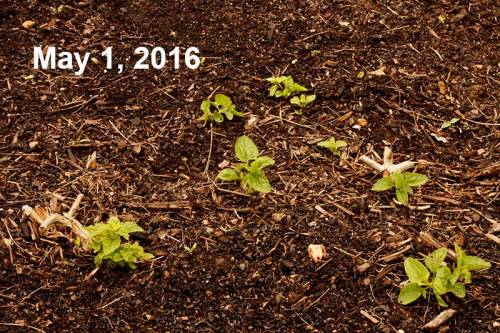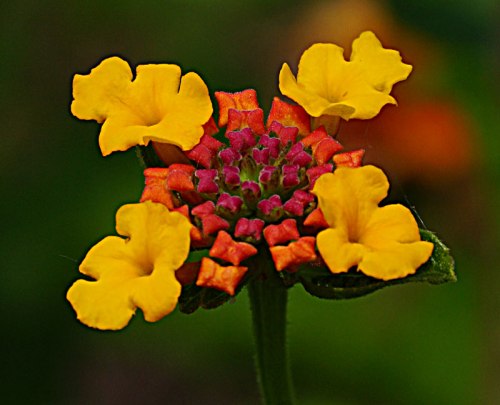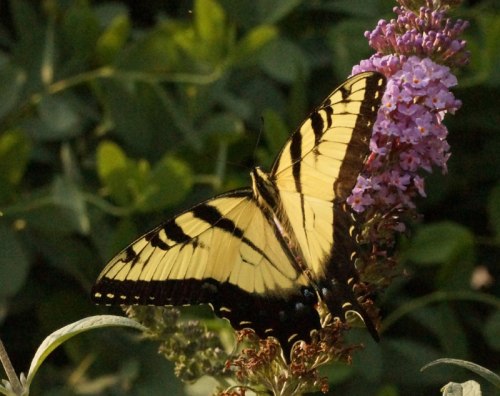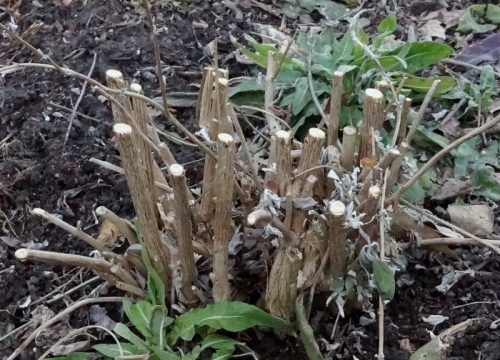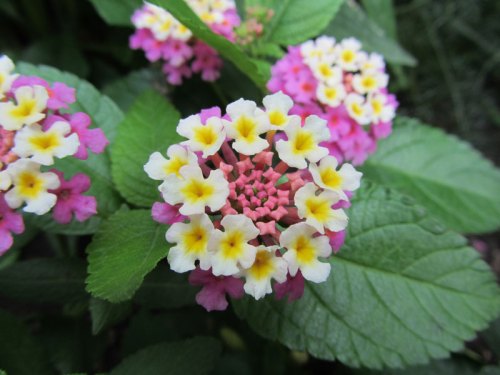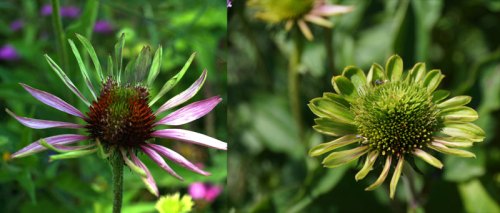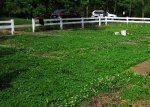
Many times, after a two hour butterfly gardening presentation, four exhibits and 196 slides, the final question most often asked is, “What one plant should I buy that will get me started.” The answer I always give is Butterfly Weed, Asclepias tuberosa.
It’s a hardy perennial which is not only a host plant for the monarch caterpillar, but is also a good nectar plant for many other butterflies. It’s two-two-two plants in one.
For the small garden, using this type of plant which I have dubbed, HosNec, is ideal.
For butterfly neophytes, I should explain that each type of butterfly has a “preferred” plant on which it will lay its eggs. Monarchs lay their eggs on types of milkweed. The Pipevine butterfly lays its eggs on Pipevine. These plants are called host plants as they provide nutrition for a growing caterpillar, also called a larva. If the butterfly lays its egg on the wrong plant, the caterpillar will likely starve to death.
Nectar plants would seem to be easy to find. Almost every hardware, grocery and nursery is filled with blooming plants in the spring. Butterflies however, are picky feeders and definitely prefer certain flowers.
You can now start to see that trying to find a “HosNec,” combination host and nectar plant, starts to become a challenge for any gardener.
Here is my list of Missouri native HosNecs to jump-start your garden this year.
Butterfly Weed
Asclepias tuberosa
Host – Monarchs
It’s number one on my list because it takes zero maintenance and is a nice medium size. Note – it will take about three years before it grows to a decent size, so you might want to spend a little more and buy a good size plant when you start. You can start it from seed if money is tight.
+++++++++++++++++++++++++++++++++++++++++++
Swamp Milkweed
Asclepias incarnata
Host – Monarchs
Another nice perennial in the garden with a pretty flower. You can cover it with a plastic container in the spring to encourage it to send up shoots for early migrating monarch butterflies.
+++++++++++++++++++++++++++++++++++++++++++
Milkweeds – Annual
Asclepias curassavica
Host – Monarchs
There are many other milkweed varieties which will accomplish the same thing as the two above, but finding them is a problem. I don’t usually recommend Asclepias syriaca, common milkweed, for the home garden – it tends to become invasive. In a natural setting however, it will be fine. The annual milkweed is a great plant if you can find the seeds or plants.
+++++++++++++++++++++++++++++++++++++++++++
Eastern Redbud
Cercis canadensis
Host for Henry’s Elfin.
It’s also a great nectar plant for butterflies in the forest where there aren’t too many other nectar sources.
+++++++++++++++++++++++++++++++++++++++++++
Purple Prairie clover
Dalea purpurea
Host – Dog Face butterfly
I have found that this a difficult plant to grow. It probably prefers neglect and poor soil conditions – just the opposite of what I usually provide.
+++++++++++++++++++++++++++++++++++++++++++
Western Sunflower
Helianthus occidentalis
Host – Silvery and Gorgone Checkerspot
+++++++++++++++++++++++++++++++++++++++++++
Ironweed
Vernonia fasciculata
Host – American Lady
This host listing is a bit questionable, but I have seen it listed in some places. It gets over six feet tall, so it will probably need staking.
+++++++++++++++++++++++++++++++++++++++++++
New England Aster
Aster novae-angliae
Host – Pearl Crescent and Silvery Checkerspot
An easy hardy perennial for any garden. It flowers in the fall and is usually covered with butterflies in September. You can propagate it by division or just dig up the new seedlings each spring.
+++++++++++++++++++++++++++++++++++++++++++
New Jersey Tea
Ceanothus americanus
Host – Mottled Dusky Wing
Has a small blossom visited by some butterflies.
+++++++++++++++++++++++++++++++++++++++++++
Hydrangea arborescens
Wild Hydrangea
Host – Spring Azure
A good nectar plant and the Spring Azure also uses the unopened flower bud as a host.
+++++++++++++++++++++++++++++++++++++++++++
Rudbeckia – many varieties
Host – Gorgone Checkerspot & Silvery Checkerspot
There are many beautiful varieties of this species, although I have never found a larva on this plant.
+++++++++++++++++++++++++++++++++++++++++++
Spicebush
Lindera benzoin
Host – Spicebush butterfly
The spice bush has a pretty yellow blossom in early spring which butterlies will visit. It also makes a nice residential bush instead of the traditional Yew. The larva is truly magnificent and easy to spot on Spicebush as they fold up the leaves to hide inside.
+++++++++++++++++++++++++++++++++++++++++++
